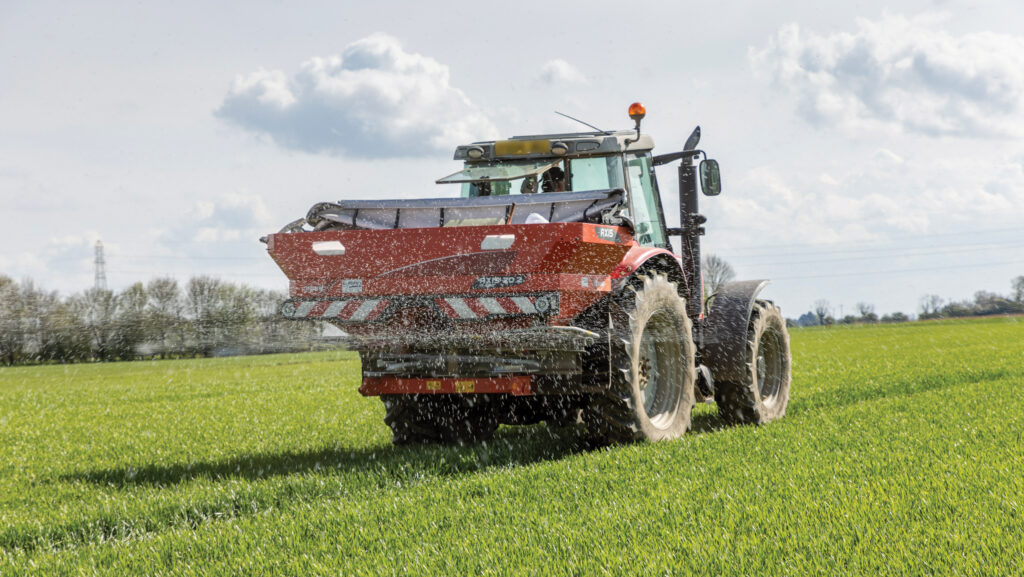Gross margins for wheat tighten while fertiliser prices fall
 © GNP
© GNP Arable farmers are approaching harvest in a tough position this year, with fewer crops in the ground and lower returns received for last year’s crops.
Margins on farm for winter wheat in 2023 were 58% lower than the previous year, according to new figures from data analysts Yagro, while the cost of production shot up by 50% to £94/t.
See also: Bullish wheat markets approach £200/t amid crop concerns
Farmers Weekly has been given first sight of Yagro’s Chemical and Fertiliser Review, which analysed more than 32,100ha of crops grown last year.
The review found that winter wheat had the highest gross margin a hectare in 2023, followed by spring barley, spring oats and winter barley, while field beans, peas and oilseed rape had lower margins.
However, this shows only half the picture, with analysts at Yagro pointing out that despite winter beans achieving just under half the gross margin of wheat, it still worked as a good entry crop to wheat by capturing nitrogen in the soil and helping to improve the overall gross margin of the following wheat crop by 3.2%.
Similarly, spring barley may return a lower gross margin than wheat, but provides other benefits such as requiring fewer inputs and producing a cleaner seed-bed.
Ross Dawson, customer service manager at Yagro, said: “Granular understanding of your cost of production is crucial, including an overall picture, but also at the crop, variety and field level. This enables you to focus on the areas which will bring the greatest return on investment to your business.”
Fertiliser
The average fertiliser cost for producing winter wheat in 2023 was £407.84/ha, which represents a 150% increase on 2018 levels.
This is a result of a significant increase in the cost of nitrogen, which was valued at £1.21/kg last year, according to Yagro.
Sam Hall, from fertiliser trader Dreymoor, said the outlook for the next few months appeared negative in terms of prices, with declines being driven by the absence of demand from India and exports from China expected to become more readily available.
Mr Hall said: “It would appear prudent for urea buyers to purchase a good portion of their requirements at the current levels rather than try to catch a falling knife, as any small savings would be significantly outweighed by potential price increases in case of geopolitical events impacting supply.”
Chemical costs and usage
Fungicide and herbicide costs have increased each year for the past four years.
Yagro determined that less than half of farms were applying T0 fungicides.
Looking at timings of applications in relation to cost, on a pounds per hectare basis, it determined that T1 cost 22.2% less than T2, while T3 was 71.3% less.
Looking at herbicides, it found that traditional drilling windows in September and October tended to return the highest yields, but also resulted in the highest spend on herbicides.
Finally, a study looking at oilseed rape yield in relation to insecticide spend discovered that there was no clear correlation, and instead indicated that applications were more likely to be a sign of high insect pressure.
Yagro analysts concluded: “Although the risk of failure or incredibly low yield is higher without insecticide, depending on your region, achieving a 3t/ha yield is not out of the question.”
